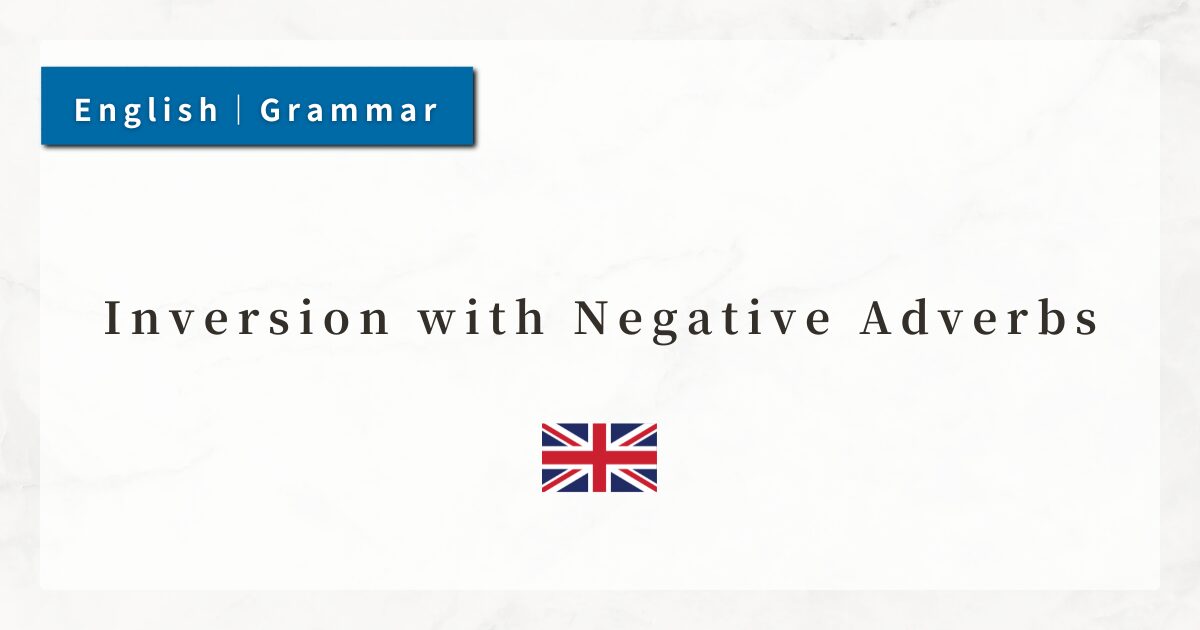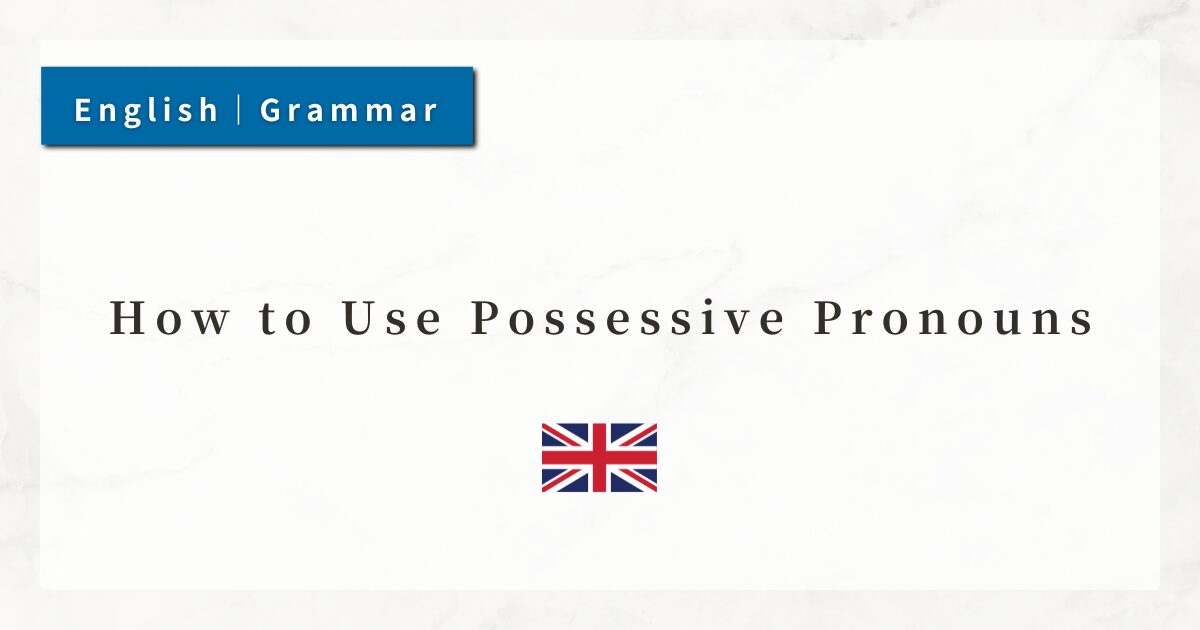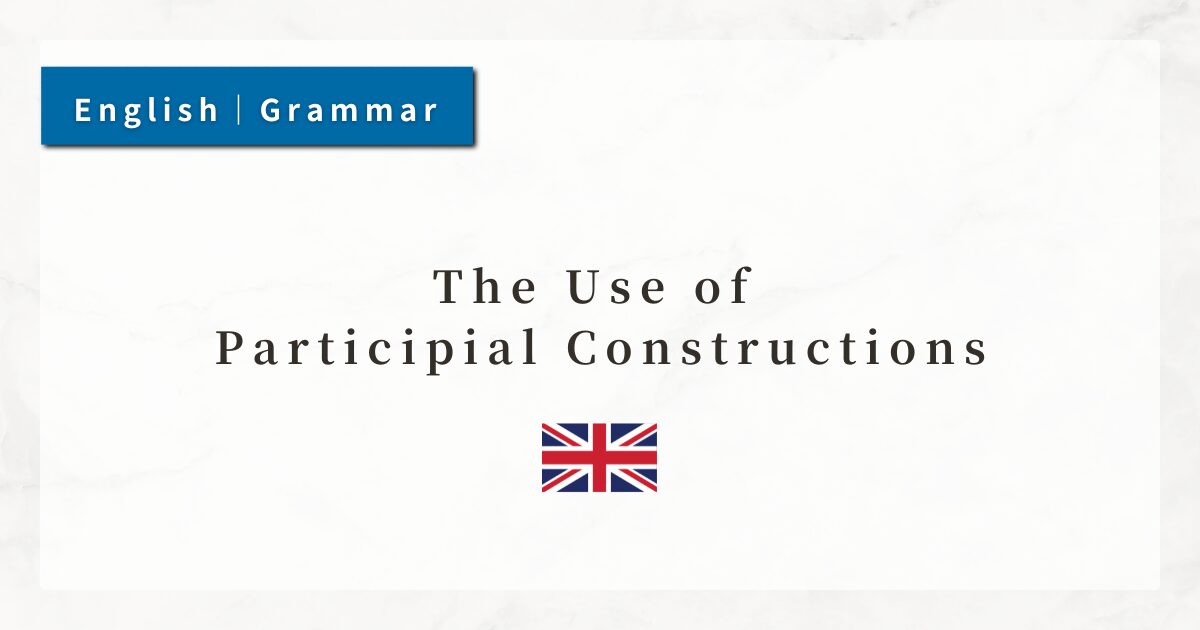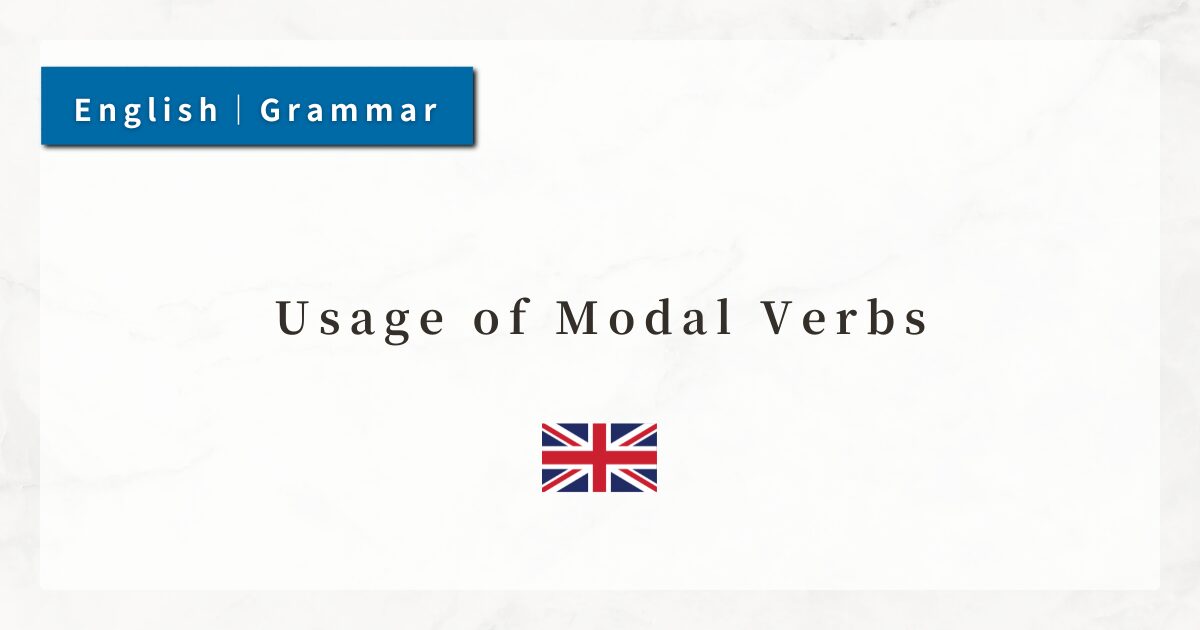#62 Inversion with Negative Adverbs|Basic Rules and Example Sentences for Emphatic Expressions

In English, inversion structures are sometimes used to emphasize a sentence.
In particular, when a negative adverb (never, hardly, little, not until, etc.) is placed at the beginning of a sentence, the word order changes, creating an emphatic effect. This is known as inversion with a negative adverb.
In this lesson, I will explain the basic rules of this construction and introduce common patterns with concrete examples.
1. Basic Rules of Inversion with Negative Adverbs
The normal English word order is “Subject + Verb,” but when a negative adverb comes at the beginning of a sentence, inversion occurs and the word order changes.
An auxiliary verb, the verb be, or sometimes part of a main verb moves before the subject. This adds emphasis and gives the sentence a more formal tone.
For example, compare the following two sentences:
- Normal sentence
I have never experienced such kindness. - Inverted sentence
Never have I experienced such kindness.
Both sentences convey the same meaning, but in the latter, placing Never at the beginning adds a strong sense of surprise and emphasis.
2. Common Negative Adverbs and Inversion Patterns
2-1. Never
This is the most frequently used pattern. It emphasizes experience or determination.
- Never will I forget your kindness.
- Never had I seen such a beautiful sunset before.
2-2. Hardly / Scarcely
A common expression is “Hardly / Scarcely … when ~,” which means “no sooner … than.” It is often used with the past perfect tense.
- Hardly had he arrived when it started to rain.
- Scarcely had I closed my eyes when the alarm rang.
This pattern is more typical of written English than of everyday conversation.
2-3. Little
When Little is placed at the beginning, it conveys strong negation such as “not at all.”
- Little did she dream of becoming famous.
- Little did we expect such a result.
2-4. Not until 〜
When “Not until” is placed at the beginning, the main clause takes inversion.
- Not until I spoke to her did I realize my mistake.
- Not until the game was over did they relax.
2-5. At no time / In no way
These formal expressions emphasize complete negation, meaning “never at any time” or “in no manner.”
- At no time was he rude to the teacher.
- In no way can this issue be ignored.
3. Summary
- When a negative adverb appears at the beginning of a sentence, inversion occurs.
- An auxiliary verb or be verb is placed before the subject.
- Frequently used expressions include:
1. Never (absolute negation)
2. Hardly / Scarcely (no sooner … than)
3. Little (not at all)
4. Not until ~ (not until something happens)
5. At no time / In no way (absolute negation in formal style) - These patterns are often found in written English or formal contexts and serve as a strong means of emphasis.




